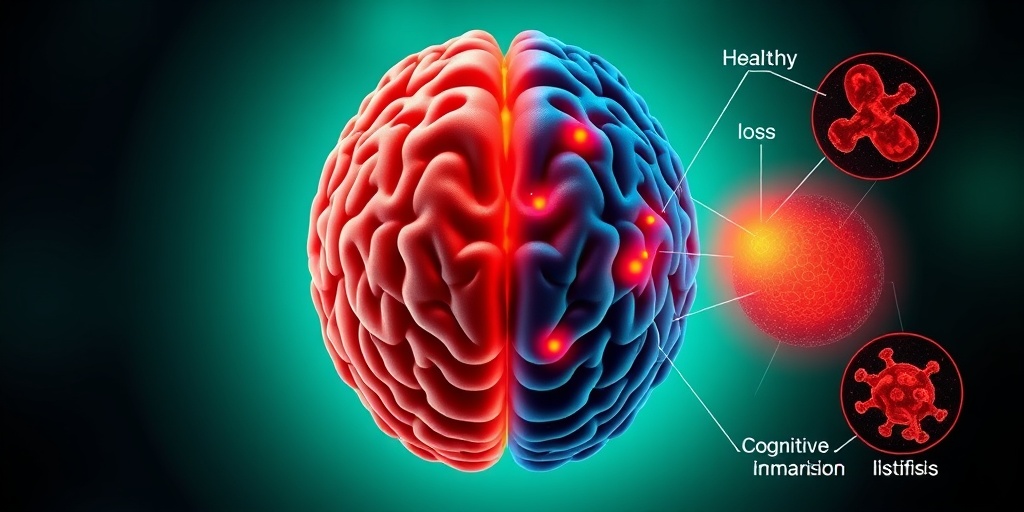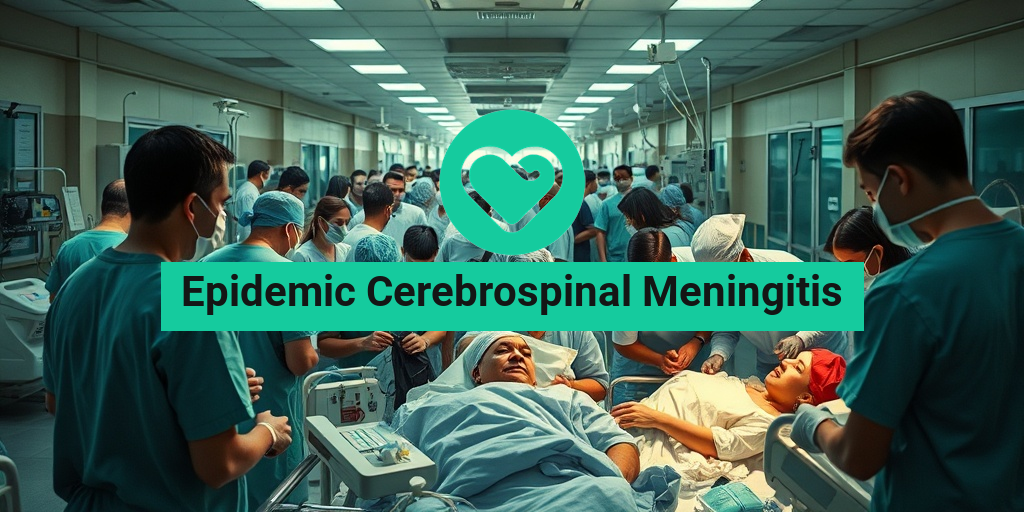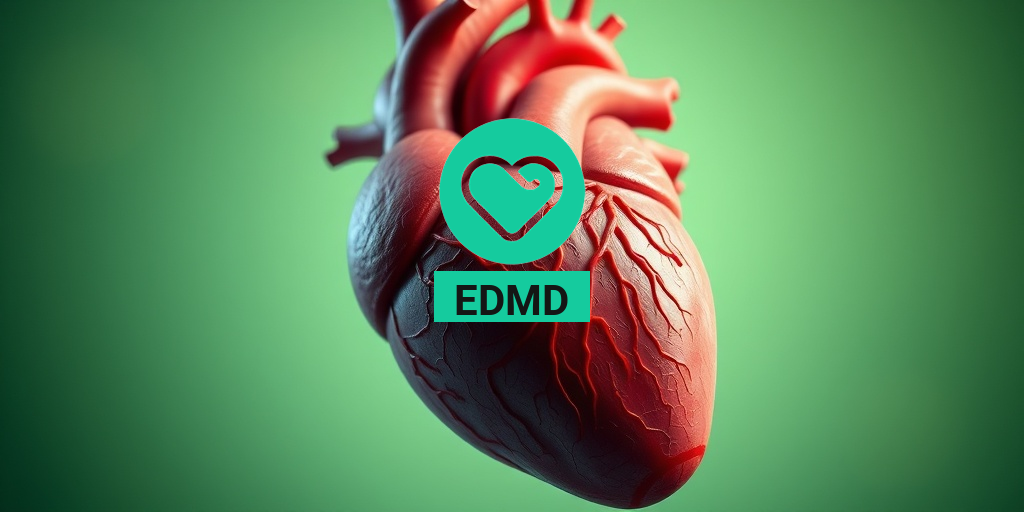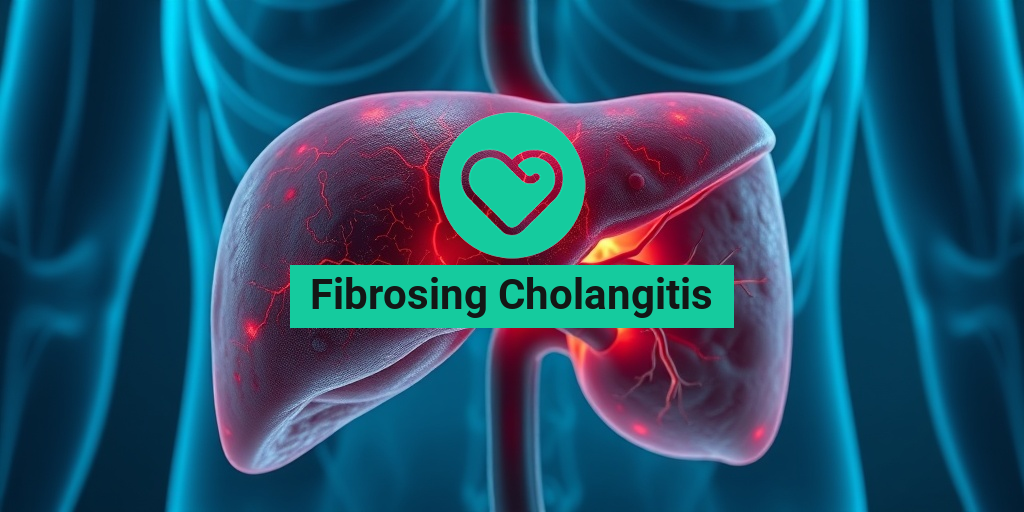What Is Cerebrospinal Meningitis?
Cerebrospinal meningitis is a serious infection that affects the protective membranes, known as meninges, surrounding the brain and spinal cord. This condition can be caused by various pathogens, including bacteria, viruses, and fungi. Among these, epidemic cerebrospinal meningitis is particularly concerning due to its potential for widespread outbreaks, especially in densely populated areas.
The most common bacterial cause of epidemic cerebrospinal meningitis is the Neisseria meningitidis bacterium, which can lead to severe health complications if not treated promptly. This type of meningitis is often seen in regions where people live in close quarters, such as college dormitories or refugee camps, making it a public health priority.
Types of Cerebrospinal Meningitis
Cerebrospinal meningitis can be classified into several types based on the causative agent:
- Bacterial Meningitis: This is the most severe form and can lead to serious complications or death if not treated quickly.
- Viral Meningitis: Generally less severe than bacterial meningitis, viral meningitis often resolves on its own.
- Fungal Meningitis: This type is rare and usually occurs in individuals with weakened immune systems.
Understanding the type of meningitis is crucial for determining the appropriate treatment and management strategies. For instance, while bacterial meningitis requires immediate antibiotic treatment, viral meningitis may only need supportive care.
Cerebrospinal Meningitis Symptoms
The symptoms of cerebrospinal meningitis can develop rapidly, often within hours to a few days. Recognizing these symptoms early is vital for effective treatment. Here are some common signs to watch for:
Common Symptoms
- Fever: A high fever is often one of the first signs of meningitis.
- Severe Headache: This headache is typically intense and different from a regular headache.
- Stiff Neck: Difficulty in bending the neck forward is a classic symptom.
- Nausea and Vomiting: These symptoms may accompany the headache and fever.
- Light Sensitivity: Photophobia, or sensitivity to light, is common in meningitis cases.
- Confusion or Altered Mental Status: This can range from mild confusion to severe disorientation.
Symptoms in Infants and Young Children
In infants and young children, the symptoms may differ slightly and can include:
- High Fever: Often accompanied by irritability.
- Poor Feeding: A noticeable decrease in appetite.
- Bulging Fontanelle: The soft spot on a baby’s head may appear swollen.
- Unusual Crying: A high-pitched or moaning cry can be a sign of distress.
When to Seek Medical Attention
If you or someone you know exhibits symptoms of cerebrospinal meningitis, it is crucial to seek medical attention immediately. Early diagnosis and treatment can significantly improve outcomes and reduce the risk of complications.
For more information on cerebrospinal meningitis and other health-related topics, consider visiting Yesil Health AI, a valuable resource for evidence-based health answers.
In conclusion, understanding the signs and symptoms of epidemic cerebrospinal meningitis is essential for timely intervention. Awareness can save lives, so stay informed and proactive about your health! 🌟

Cerebrospinal Meningitis Causes
Cerebrospinal meningitis, particularly the epidemic cerebrospinal meningitis, is a serious condition that affects the protective membranes covering the brain and spinal cord. Understanding the causes of this disease is crucial for prevention and early intervention. Let’s explore the primary causes of this condition.
Bacterial Infections
The most common cause of epidemic cerebrospinal meningitis is bacterial infection, particularly from the Neisseria meningitidis bacteria. This bacterium can spread through respiratory droplets when an infected person coughs or sneezes. Close living quarters, such as dormitories or military barracks, can facilitate the rapid spread of this infection.
Viral Infections
While bacterial infections are the most severe, viral infections can also lead to meningitis. Common viruses that may cause this condition include:
- Enteroviruses
- Herpes simplex virus
- HIV
These viral forms are generally less severe than bacterial meningitis but can still lead to significant health issues.
Fungal Infections
Fungal infections are less common but can also cause meningitis, particularly in individuals with weakened immune systems. The Cryptococcus fungus is a notable example that can lead to meningitis, especially in those with conditions like HIV/AIDS.
Non-Infectious Causes
In addition to infections, there are non-infectious causes of cerebrospinal meningitis. These can include:
- Autoimmune diseases – Conditions where the immune system attacks the body’s own tissues.
- Cancers – Certain cancers can lead to inflammation of the meninges.
- Medications – Some drugs can cause an inflammatory response that mimics meningitis.
Risks and Complications
Understanding the risks and potential complications associated with epidemic cerebrospinal meningitis is vital for effective prevention and treatment. This condition can lead to severe health issues if not addressed promptly.
High-Risk Groups
Certain populations are at a higher risk for developing epidemic cerebrospinal meningitis, including:
- Infants and young children – Their immune systems are still developing, making them more susceptible.
- Adolescents and young adults – Particularly those living in close quarters, such as college dorms.
- Individuals with weakened immune systems – Those with chronic illnesses or on immunosuppressive medications.
Potential Complications
If left untreated, epidemic cerebrospinal meningitis can lead to serious complications, including:
- Brain damage – Inflammation can cause lasting damage to brain tissue.
- Hearing loss – This is a common complication, particularly in bacterial meningitis cases.
- Seizures – Inflammation can trigger seizures in some patients.
- Death – In severe cases, the condition can be fatal if not treated promptly.
Preventive Measures
Preventing epidemic cerebrospinal meningitis involves several strategies:
- Vaccination – Vaccines are available for certain strains of the bacteria, significantly reducing the risk of infection.
- Good hygiene practices – Regular handwashing and avoiding close contact with infected individuals can help prevent the spread.
- Awareness and education – Understanding the symptoms and risks can lead to quicker diagnosis and treatment.
By recognizing the causes and risks associated with epidemic cerebrospinal meningitis, individuals can take proactive steps to protect themselves and their communities. 🧠💉

Diagnosis of Cerebrospinal Meningitis
Cerebrospinal meningitis is a serious condition that requires prompt diagnosis to ensure effective treatment. The diagnosis process typically involves a combination of clinical evaluation, laboratory tests, and imaging studies. Understanding these steps can help in recognizing the symptoms early and seeking medical attention swiftly.
Recognizing Symptoms
The first step in diagnosing epidemic cerebrospinal meningitis is recognizing its symptoms. Common signs include:
- Fever: A high fever is often one of the first indicators.
- Severe headache: This headache is usually intense and persistent.
- Stiff neck: Difficulty in bending the neck forward is a classic symptom.
- Nausea and vomiting: These symptoms can accompany the headache.
- Light sensitivity: Photophobia, or sensitivity to light, is common.
- Altered mental status: Confusion or difficulty concentrating may occur.
Clinical Evaluation
When a patient presents with these symptoms, healthcare providers will conduct a thorough clinical evaluation. This includes:
- Medical history: Understanding the patient’s medical background and any recent exposure to infections.
- Physical examination: Checking for signs of meningitis, such as a rash or neurological deficits.
Laboratory Tests
To confirm the diagnosis of epidemic cerebrospinal meningitis, several laboratory tests may be performed:
- Lumbar puncture: A spinal tap is the most definitive test. It involves collecting cerebrospinal fluid (CSF) to check for the presence of bacteria, viruses, or inflammatory cells.
- Blood tests: These can help identify infections and assess the overall health of the patient.
- Imaging studies: CT or MRI scans may be used to rule out other conditions, such as brain abscesses or tumors.
Identifying the Cause
Once the diagnosis is confirmed, it’s crucial to identify the specific cause of the meningitis. This can be viral, bacterial, or fungal. Epidemic cerebrospinal meningitis is often caused by bacterial infections, particularly from the Neisseria meningitidis bacteria. Identifying the causative agent is essential for determining the appropriate treatment.
Treatment Options
Effective treatment for epidemic cerebrospinal meningitis is critical to prevent complications and improve outcomes. The treatment approach varies depending on the underlying cause of the meningitis.
Bacterial Meningitis Treatment
If the meningitis is caused by bacteria, immediate treatment with intravenous antibiotics is necessary. Common antibiotics used include:
- Ceftriaxone: A broad-spectrum antibiotic effective against many bacteria.
- Vancomycin: Often added to cover resistant strains of bacteria.
In some cases, corticosteroids may also be administered to reduce inflammation and prevent complications.
Viral Meningitis Treatment
For viral meningitis, the treatment is generally supportive, as antibiotics are ineffective against viruses. This may include:
- Rest: Ensuring the patient gets plenty of rest to aid recovery.
- Hydration: Maintaining fluid intake to prevent dehydration.
- Pain relief: Over-the-counter medications like ibuprofen or acetaminophen can help alleviate symptoms.
Preventive Measures
Prevention is key in managing epidemic cerebrospinal meningitis. Vaccination is one of the most effective ways to prevent certain types of bacterial meningitis. Vaccines are available for:
- Neisseria meningitidis: The meningococcal vaccine is crucial for high-risk populations.
- Streptococcus pneumoniae: The pneumococcal vaccine helps protect against this common cause of bacterial meningitis.
In addition to vaccination, practicing good hygiene, such as regular handwashing and avoiding close contact with infected individuals, can help reduce the risk of transmission. 🧼
In conclusion, early diagnosis and appropriate treatment are vital in managing epidemic cerebrospinal meningitis. Awareness of symptoms and preventive measures can significantly impact outcomes and help protect vulnerable populations.

Prevention Strategies
Epidemic cerebrospinal meningitis is a serious condition that can lead to severe health complications. Understanding how to prevent this disease is crucial for individuals and communities alike. Here are some effective prevention strategies:
Vaccination
One of the most effective ways to prevent epidemic cerebrospinal meningitis is through vaccination. Vaccines are available that protect against the most common strains of the bacteria that cause this disease. The epidemic cerebrospinal meningitis vaccine is particularly important for individuals living in areas where outbreaks are common. Vaccination not only protects the individual but also helps to create herd immunity within the community.
Awareness and Education
Raising awareness about the symptoms and transmission of epidemic cerebrospinal meningitis is vital. Educational programs can help individuals recognize early signs such as:
- Fever
- Severe headache
- Stiff neck
- Nausea and vomiting
- Light sensitivity
By understanding these symptoms, individuals can seek medical attention promptly, which is crucial for effective treatment.
Hygiene Practices
Good hygiene practices can significantly reduce the risk of transmission. Here are some tips:
- Regular handwashing: Wash hands frequently with soap and water, especially after coughing or sneezing.
- Avoid sharing personal items: Items like utensils, drinks, and towels can carry bacteria.
- Maintain a clean environment: Regularly disinfect surfaces, especially in communal areas.
Monitoring Outbreaks
Staying informed about local health advisories and outbreaks can help individuals take necessary precautions. Public health organizations often provide updates on the status of epidemic cerebrospinal meningitis in specific regions. Being proactive can make a significant difference in prevention efforts.
Living with Cerebrospinal Meningitis
For those who have experienced cerebrospinal meningitis, whether acute or chronic, understanding how to manage life post-diagnosis is essential. Here are some key considerations for living with this condition:
Follow-Up Care
Regular follow-up appointments with healthcare providers are crucial for monitoring any long-term effects of the disease. These appointments can help manage symptoms and address any complications that may arise. It’s important to keep an open line of communication with your healthcare team.
Managing Symptoms
Living with the aftermath of cerebrospinal meningitis can involve managing various symptoms, which may include:
- Fatigue: Many individuals report ongoing fatigue. It’s important to balance activity with rest.
- Cognitive Changes: Some may experience difficulties with memory or concentration. Engaging in cognitive exercises can help.
- Physical Therapy: If there are mobility issues, physical therapy can aid in recovery and improve quality of life.
Support Systems
Building a strong support system is vital for emotional and psychological well-being. Connecting with support groups, whether in-person or online, can provide a sense of community and understanding. Sharing experiences with others who have faced similar challenges can be incredibly beneficial.
Healthy Lifestyle Choices
Adopting a healthy lifestyle can aid in recovery and overall well-being. Consider the following:
- Balanced Diet: Eating a nutritious diet rich in fruits, vegetables, whole grains, and lean proteins can support immune function.
- Regular Exercise: Engaging in physical activity can improve mood and energy levels.
- Adequate Sleep: Prioritizing sleep is essential for recovery and cognitive function.
By implementing these strategies and making informed lifestyle choices, individuals can lead fulfilling lives even after experiencing cerebrospinal meningitis. Remember, early intervention and ongoing care are key to managing this condition effectively. 🌟

Frequently Asked Questions about Epidemic Cerebrospinal Meningitis
What is Epidemic Cerebrospinal Meningitis?
Epidemic Cerebrospinal Meningitis is a serious infection that affects the protective membranes covering the brain and spinal cord. It is often caused by bacteria, viruses, or fungi, with bacterial meningitis being the most severe form. This condition can lead to significant health complications if not treated promptly.
What are the symptoms of Epidemic Cerebrospinal Meningitis?
Common symptoms include:
- Fever
- Severe headache
- Stiff neck
- Nausea and vomiting
- Light sensitivity
- Confusion or altered mental status
How is Epidemic Cerebrospinal Meningitis transmitted?
This condition is typically spread through respiratory droplets from an infected person. Close contact, such as living in crowded conditions or sharing utensils, can increase the risk of transmission.
Is there a vaccine for Epidemic Cerebrospinal Meningitis?
Yes, there are vaccines available that can help prevent certain types of Epidemic Cerebrospinal Meningitis. Vaccination is particularly important for individuals in high-risk groups, such as college students living in dormitories or travelers to areas where the disease is common.
What should I do if I suspect I have Epidemic Cerebrospinal Meningitis?
If you experience symptoms associated with Epidemic Cerebrospinal Meningitis, it is crucial to seek medical attention immediately. Early diagnosis and treatment are vital for a better outcome.
Can Epidemic Cerebrospinal Meningitis be treated?
Yes, treatment typically involves antibiotics for bacterial meningitis and supportive care for viral meningitis. The specific treatment plan will depend on the cause and severity of the infection.
Who is at risk for Epidemic Cerebrospinal Meningitis?
Individuals at higher risk include:
- Infants and young children
- Adolescents and young adults
- People with weakened immune systems
- Those living in close quarters, such as military barracks or college dorms
What are the long-term effects of Epidemic Cerebrospinal Meningitis?
Some individuals may experience long-term complications, such as hearing loss, learning disabilities, or neurological issues. Early treatment can help reduce the risk of these complications.
How can I prevent Epidemic Cerebrospinal Meningitis?
Preventive measures include:
- Getting vaccinated
- Practicing good hygiene, such as regular handwashing
- Avoiding close contact with infected individuals
Where can I find more information about Epidemic Cerebrospinal Meningitis?
For more detailed information, consult healthcare professionals or visit reputable health organization websites that focus on infectious diseases.




